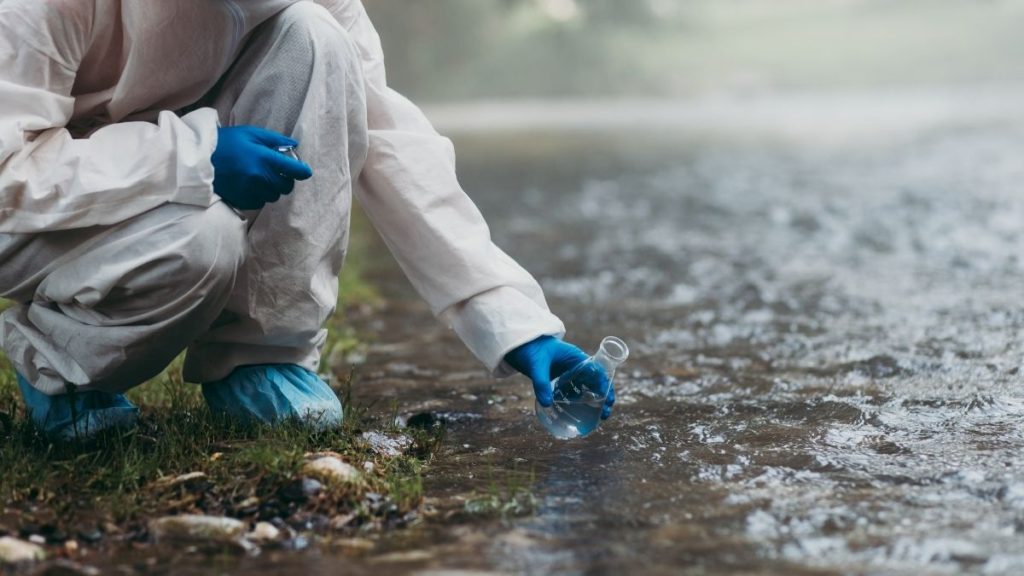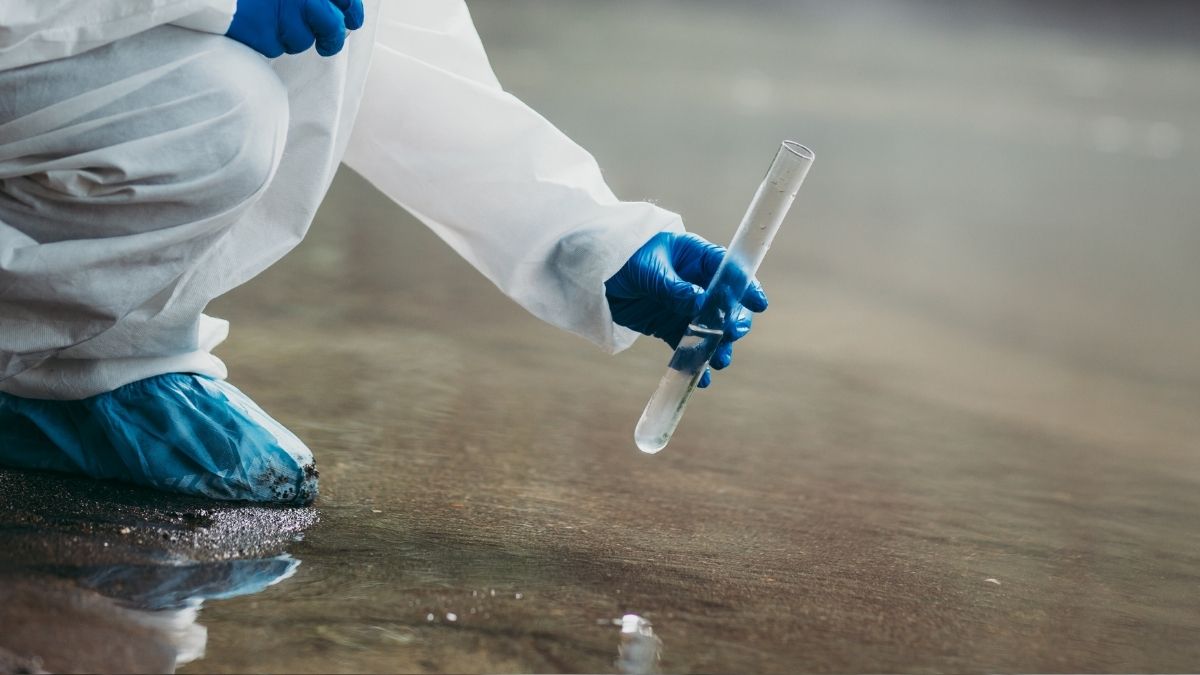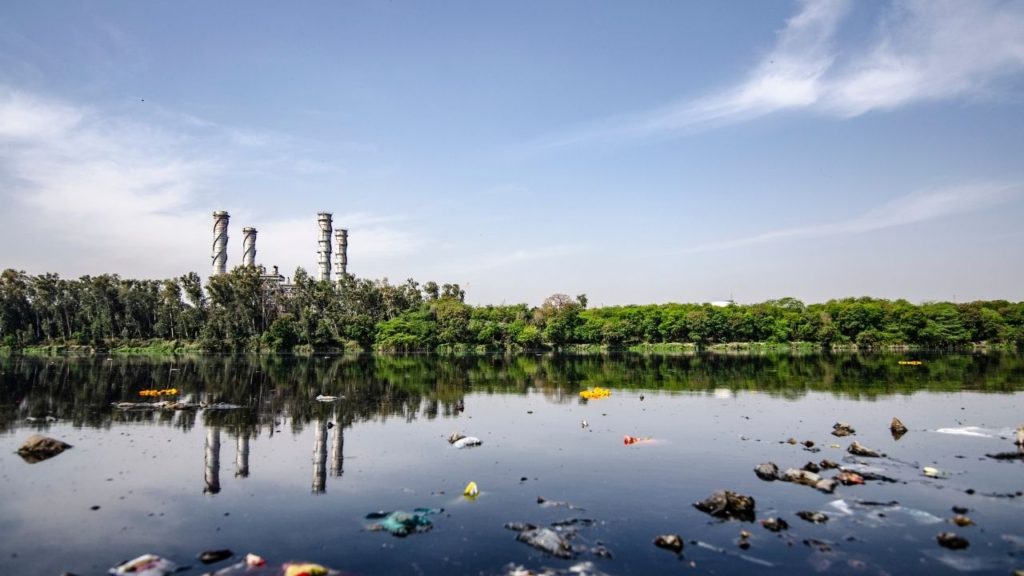What Biochemical Oxygen Demand measures are a question that all of us have in our minds while learning about water pollution. In this blog, I will walk you through Biochemical Oxygen Demand and, and its significance. The concept of Dissolved Oxygen is described in detail in the upcoming paragraphs. In the next section, I will show you the complete details about what actually the Biochemical Oxygen Demand measures.
What does the Biochemical Oxygen Demand measures?
Biochemical Oxygen Demand measures the amount of oxygen that the microbes utilize to degrade organic materials in a water body. Also, Biochemical Oxygen Demand measures the chemical oxidation of inorganic materials i.e., the removal of oxygen from water via a chemical reaction.
The BOD value is generally expressed in milligrams of oxygen used per litre of the sample over a 5-day incubation period at 20 °C, and it is frequently used as an estimate of the degree of organic pollution in water. The reduction of BOD is used in evaluating the efficacy of wastewater treatment systems.
The main sources of BOD in wastewater include leaves and woody debris, plant and animal carcass, animal manure, effluents from pulp and paper mills, wastewater treatment plants, food-processing plants, failing septic systems, and urban stormwater runoff.
Biochemical Oxygen Demand has a direct effect on the amount of dissolved oxygen in rivers and streams. The higher the BOD, the faster the rate of oxygen depletion in the stream. This results in higher forms of aquatic life having less oxygen available to them. As a result, they suffocate, and eventually, die.
Total Biochemical Oxygen Demand Measures
Total biochemical oxygen demand is the quantity of oxygen necessary to totally oxidise organic substances to carbon dioxide and water over generations of microbial development, death, degradation, and cannibalism. It has a greater impact on food webs than water quality.
Biochemical Oxygen Demand Measures of Drinking Water
A water sample having a BOD5 between 1 and 2 mg/l indicates very pure water, 3.0 to 5.0 mg/l means moderately clean water and > 5 mg/l indicates a neighbouring pollution source. The biochemical oxygen demand of safe drinking water must be 1-2 mg/l.
Factors affecting Biochemical Oxygen Demand
Temperature, nutrient concentrations, aeration and the enzymes available to indigenous microbial populations affect the BOD measurements. For instance, rapids and waterfalls will speed up the decomposition of organic and inorganic material in stream water. As a result, BOD levels at a sampling location with slower, deeper waters may be higher for a given volume of organic and inorganic material than at a similar site in highly aerated waters.
Chlorine can interfere with the BOD measurements by preventing or killing the microorganisms that break down the organic and inorganic substances in a sample. Therefore, use sodium thiosulfate to neutralise the chlorine while sampling in chlorinated waters, such as those below a sewage treatment plant’s effluent.
Algae in the wastewater affect the Biochemical Oxygen Demand measures by releasing extra oxygen into the wastewater during photosynthesis. Hence, perform the BOD test in complete darkness. Before delving into Biochemical Oxygen Demand measures we should first understand the concept of Dissolved Oxygen (DO), its significance and its measurement.
Dissolved Oxygen (DO)
Aquatic plants and algae release oxygen into the water after performing photosynthesis in the presence of sunlight. The aquatic animals breathe this dissolved oxygen. Also, some oxygen from the atmosphere continuously dissolves into the water through reaeration. These three processes are in equilibrium and maintain the level of oxygen in water bodies at the required levels.
When organic substances or pollutants enter the waterbody, it disturbs the dissolved oxygen balance since microbes utilize dissolved oxygen in its breakdown. In other words, these organic substances exert a demand on the available dissolved oxygen.
The greater the oxygen necessary for its breakdown, the greater would be the reduction in the dissolved oxygen in the waterbody. Pollution occurs when the oxygen demand exceeds the dissolved oxygen availability.
Also read: Wastewater Treatment- Stages and Process full details
Dissolved Oxygen Determination
Winkler’s method helps in determining the dissolved oxygen. The principle behind this method is the reaction between dissolved oxygen and manganese ions to precipitate out manganese dioxide.
Mn2+ + O2 —-> MnO2
The manganese dioxide then reacts with iodide ions. This reaction liberates iodine in an amount chemically equivalent to the original dissolved oxygen.
MnO2 + 2I– + 4H+ —-> Mn2+ + I2 + 2H2O
Titration with sodium thiosulphate gives the amount of iodine liberated and thereby the equivalent dissolved oxygen content. Thus we can measure the amount of Dissolved Oxygen in a given water sample.
Now, you have got a clear idea about Dissolved Oxygen. In the next section, I will show you the full details about what actually the Biochemical Oxygen Demand measures.
Next, let’s see the procedure to obtain the Biochemical Oxygen Demand measures.
Calculation of Biochemical Oxygen Demand
We require two samples from a location to measure Biochemical Oxygen Demand. One is immediately tested for dissolved oxygen, while the other is incubated in the dark at 20o Celsius for 5 days before being examined for the residual dissolved oxygen.
Let me show you the detailed procedure.
- Fill two standard 300-ml BOD bottles with the sample wastewater. Seal the bottles properly.
- Immediately determine the dissolved oxygen content of one of the samples using Winkler’s method.
- Incubate the second bottle at 20 0C for 5 days in complete darkness.
- Determine the DO levels after 5 days.
The amount of BOD is the difference in oxygen levels between the first and second tests, measured in milligrams per litre (mg/L). This is the amount of oxygen that the microorganisms require throughout the incubation period to break down the organic materials in the sample container.
DO (mg/L) of first bottle – DO (mg/L) of second bottle = BOD (mg/L)
The dissolved oxygen level may be nil at the end of the 5-day incubation period. This is particularly the case for rivers and streams which have a high pollution load of organic matter. Moreover, it is impossible to determine the BOD level because it is unknown when the zero point was reached. In this situation, dilute the original sample by a factor that yields a final dissolved oxygen content of at least 2 mg/L. The dilutions should be done with special dilution water of high purity.
The dilution water consists of deionised water with sufficient nutrients, phosphate buffer, trace elements and seed organisms (mostly settled domestic sewage). Perform a blank run on this dilution water and subtract its oxygen demand from the results.
BOD5 (mg/l) = D* [(DOt=0 – DOt=5)]sample – [(DOt=0 – DOt=5)]blank
BOD5 vs BOD20
During the standard 5-day/20 0Celsius conditions, about two-thirds of the carbonaceous material undergoes degradation. In the 5-day test, compounds that aren’t easily biodegradable or soluble don’t undergo complete digestion. Incubation of 5 days gives the soluble BOD or BOD5 measures while that of 20 days gives Ultimate Biochemical Oxygen Demand measures or BOD20

It requires nearly 20 days for the complete breakdown. On the other hand, the 20-day Biochemical Oxygen Demand measures greater long-term oxygen demand from insoluble materials including cellulose, long-chain fatty acids, and grease. Always keep in mind that COD > BOD20 > BOD5.
In spite of its limitations, Biochemical Oxygen Demand analysis has wide applications in monitoring pollution. These days, Chemical Oxygen Demand analysis is gaining wide popularity for research and plant control.
That’s it about Biochemical Oxygen Demand. Hope you found it insightful. Let us know your queries in the comments.




Comments are closed.